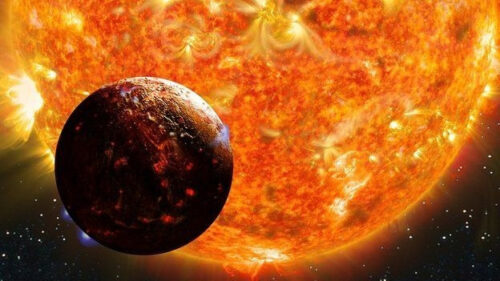
A recent astronomical discovery has unveiled a new type of colossal planet, dubbed the “Godzilla” planet due to its enormous size.
This celestial behemoth, named Kepler-10c, orbits a star located 560 light years away from Earth.
Its astounding magnitude, measuring 17 times the mass of our planet, has defied astronomers’ expectations and expanded the prospects of finding rocky planets capable of supporting life.
Previously thought impossible, this discovery suggests that habitable rocky worlds may be more abundant and much older than previously believed.
With an estimated age of 11 billion years, the Kepler-10 star system emerged a mere three billion years after the universe’s inception.
In this article, we explore the significance of this remarkable finding and its implications for the search for extraterrestrial life.
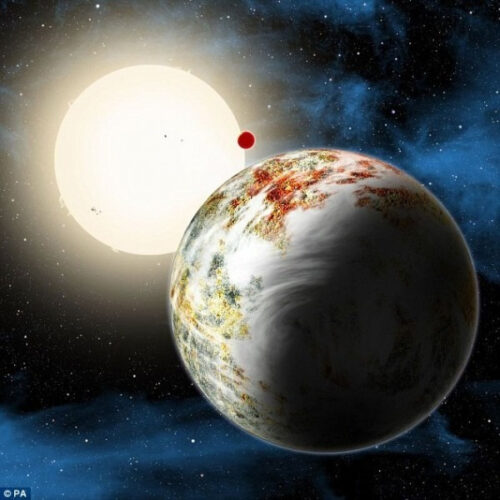
The recent discovery of Kepler-10c challenges conventional assumptions about the formation of planets.
Prior to this finding, scientists believed that a planet of such immense proportions would absorb hydrogen gas during its development, transforming into a gaseous “mini-Neptune” rather than retaining its solid composition.
However, Kepler-10c has remained stable, defying expectations, despite being more than twice as ancient as Earth.
Dr. Dimitar Sasselov from the Harvard-Smithsonian Center for Astrophysics (CFA) explains that unlike its monstrous namesake from the movies, Kepler-10c holds positive implications for the existence of life.
This finding suggests that rocky planets may have formed much earlier than previously assumed, and some of them could potentially be very old.
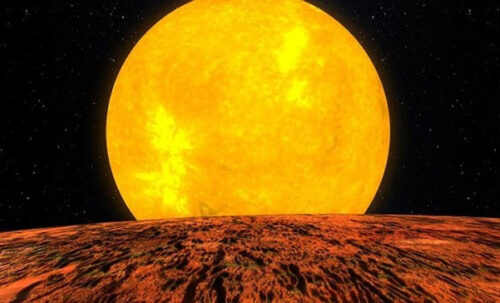
The ability to create rocks is a crucial precursor to the emergence of life itself.
Despite its fascinating properties, Kepler-10c is not considered habitable due to its proximity to its parent star.
The gravity on its surface is approximately twice as strong as Earth’s gravity. This massive planet completes one revolution around its sun-like parent star, Draco, located in the constellation, every 45 days.
Kepler-10b, another intriguing member of this star system, is a searing Hοt “lava world” three times heavier than Earth, with an orbital period of only 20 hours.
The initial detection of Kepler-10c was made possible by NASA’s Kepler spacecraft, which identifies stars that dim when a planet passes in front of them, enabling the detection of exoplanets.
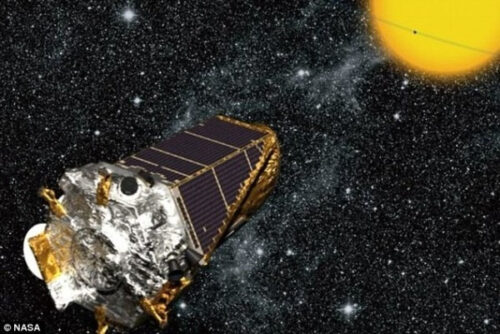
Scientists can determine the physical size of the planet by measuring the amount of dimming observed during these transits.
Previously, it was believed that Kepler-10c, with a diameter more than twice that of Earth, belonged to the class of “mini-Neptune” planets characterized by icy cores enveloped in dense gaseous atmospheres.
However, observations made using the Italian Galileo National Telescope in the Canary Islands revealed that Kepler-10c is significantly heavier than anticipated, possessing 17 times the mass of Earth.
This revelation indicates that the planet must be composed of heavy rocks, similar to those found on Earth.
Dr. Xavier Dumusque, the principal investigator of this research at the Harvard-Smithsonian Center for Astrophysics, expressed astonishment upon realizing the significance of the discovery, stating, “We were really shocked when we realized what we had uncovered.”
The fact that Kepler-10c has retained its atmosphere over time implies that it must have formed in its present state, as it is large enough to have held onto one if it ever possessed one.
According to CFA astronomer Lars Buchhave, there is a connection between a planet’s period (the time it takes to complete an orbit around its star) and its transition from rocky to gaseous composition.
If old stars can host rocky Earth-like planets, then our chances of discovering potentially habitable worlds in our cosmic neighborhood are significantly improved.
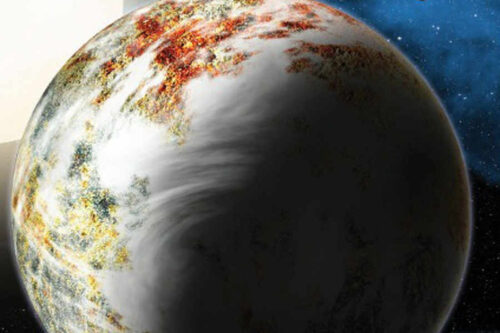
The discovery of Kepler-10c, a colossal planet 17 times heavier than Earth, has shattered previous assumptions about planetary formation and expanded our understanding of habitable rocky worlds.
This finding suggests that these rocky planets may have formed much earlier than previously thought, opening up exciting possibilities for the existence of ancient life forms.
While Kepler-10c itself is inhospitable, its discovery underscores the importance of exploring and identifying celestial bodies that may harbor the conditions necessary for life.
Further advancements in astronomical research hold the potential to unravel the mysteries of our vast universe and illuminate the likelihood of finding other habitable planets.
